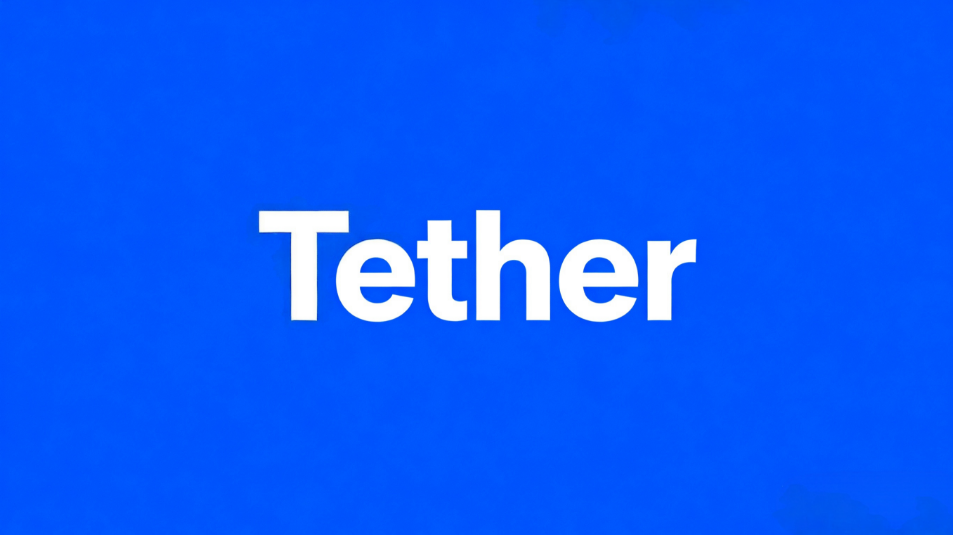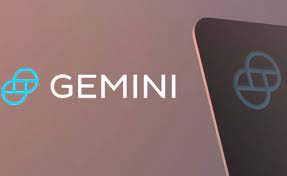
Tether's recent simultaneous advancement of both the Plasma and Stable chains is seen by the outside world as a significant move to initiate its dual strategy of "stablecoin + payment." On the surface, this appears to be a multi-pronged layout, but the underlying logic is that Tether aims to reclaim the substantial transaction benefits that have been captured by Ethereum and Tron over the years. Through this, Tether seeks to upgrade from being a mere stablecoin issuer to a global payment infrastructure provider.
Currently, USDT's market capitalization has reached as high as $1.7 trillion, with an annual transaction volume even surpassing the combined totals of Visa and PayPal. However, Tether's direct profits still primarily come from treasury bond interest. Although its annual profit is as high as $13 billion, it still falls short compared to the vast ecosystem value it drives. Ethereum captures fees from DeFi users through gas fees, and Tron earned nearly $2 billion in revenue in 2024 by leveraging USDT's payment demands—benefits that Tether itself has not enjoyed. Thus, the emergence of Plasma and Stable represents Tether's move to "reclaim control."
The positioning of the two differs: Plasma ($XPL) is supported by Bitfinex and well-known capital, emphasizing To C scenarios. It leverages Bitcoin's security, targets traditional payment systems like PayPal, combines DeFi protocols to absorb yields, and attracts users through savings rebates and a zero-gas experience, striving to build a bridge between payments and crypto finance. Stable, on the other hand, is a To B payment chain led directly by Tether, with USDT as the core for gas and settlement. It focuses more on areas like cross-border settlements and stablecoin clearing, aiming directly to replace Tron's position in the USDT payment ecosystem.
Regarding two questions of external concern: First, Stable will not issue an additional new token; USDT itself is the core. Second, Stable is more like the foundational layer of a payment channel and is not in competition with Plasma but rather complementary. In the future, XPL may become an incentive token for the Stable channel, jointly serving the entire USDT ecosystem.
It can be said that Tether is no longer content with just being the "King of Stablecoins." Instead, it is setting its sights on global payment giants, attempting to build a comprehensive payment landscape covering both C-end and B-end. Of course, this process remains fraught with uncertainty, facing resistance from both Ethereum and Tron, as well as constraints from traditional financial regulations. But regardless of the outcome, Tether has made its stance clear: it is no longer just a "stablecoin issuer" but aims to become the dominant infrastructure provider in the payment era.
















